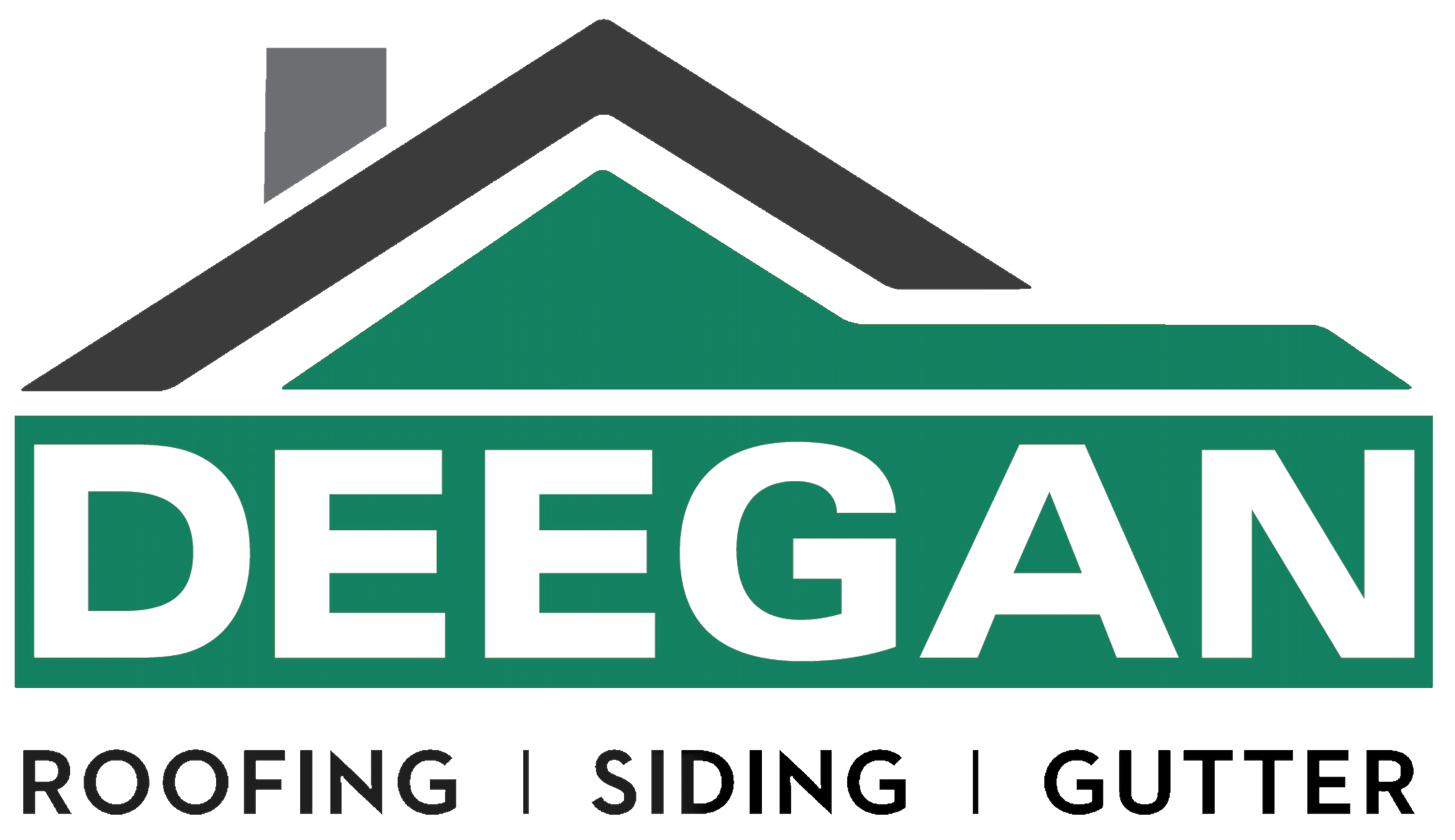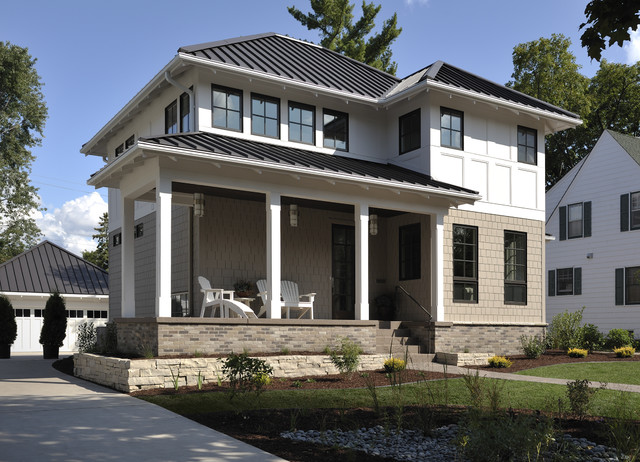A cross-hipped roof is a popular variation of a hip roof, which gently slopes on all four sides. For a cross, the two hip roofs are laid out in an “L,” installed perpendicular to each other. These roofs are great for areas with strong winds and provide shade under the eaves all the way around the house. It’s also easier to install gutters on them, since the roofline never peaks as with a gable roof. But a cross-hipped roof loses valuable attic space because of the inward slopes.
Cross-hipped roofs are considered Italianate and were used in the mid-1800s, though their highest popularity was on ranch-style homes a century later.
Cross-Hipped Roof
Cross-hipped roofs (or cross-hip) are some of the most popular variations of the standard hip roof design, which can be thought of as two hip roofs joined together at a right angle. These are most often laid over buildings that are in a T or L shape. Cross-hipped roofs come with two intersecting hip sections that run perpendicular to one another. The seam forms the cross-hipped roof, and the two sections meet at the end, forming a valley.
These roofs are great for structures with a more complex layout rather than a usual rectangular or square and can stand up to rain, snow, and high winds incredibly well. Like many hip roof types, cross-hipped roofs can accommodate a gutter system well. They used to be popular in the 19th century and were later incorporated into Ranch-style homes in America.
Hip roofs can be simple or complex. The core characteristics of this roof are that all four sides slope downward and the walls of the building are the same height as each other. Many hip roof styles can complement your design aesthetic or work for your climate.
Two key pieces of terminology are important when discussing hip roofs: the ridge, which is the topmost edge of the roof (though some designs have a point), and the hips, where two downward-sloping faces of the roof meet.
Common alternative to a hip roof
The most common alternative to a hip roof is the gable roof. Gable roofs have an A-shaped design, with two sides sloping down from the ridge.
Because gable roofs have only two sides, some walls will be taller than others, climbing upward at a triangular point until they meet the ridgeline. An easy trick to determine if a structure has a hip roof or a gable roof is to count how many “main” sides the roof has—if there’s a front and back, it’s a gable; if there’s a roof on all four sides, it’s a hip roof.
Hip roofs offer these key benefits over a gable roof
Hip roofs are self-bracing, so they’re more reliable and durable.
Hip roofs feature simple construction, which is ideal if you’re building a new structure on your property. Gable roofs require extra framing and support at gable ends.
Hip roofs offer better resistance to damage from high winds, which is important in windy regions or if you have a shingled roof.
Gable roofs also offer unique advantages
Gable roofs are less costly to build.
Gable roofs offer more attic space because only two of the four attic walls slope inward.
Contact Us
Family-owned and operated, Deegan Roofing Company has been installing and servicing residential and commercial roofing customers in the New Jersey area for over 30 years. If you are concerned about your roof surviving the upcoming winter weather or are currently experiencing roofing problems, it’s never too late to contact Deegan Roofing to get your roof inspected before winter. Website https://www.deeganroofing.com/ Address: 345 Terrill Rd, Scotch Plains, NJ 07076 Hours: Open 8:30 AM ⋅ Closes 5:30 PM
Phone: (908) 322-6405

